
Why Do My Ears Itch When I Wear Earrings and How to Stop It
If you’ve ever wondered why do my ears itch when i wear earrings, it’s often due to metal allergies (commonly nickel), friction, or trapped moisture that can cause irritation or otitis externa. Look out for delayed redness, swelling, flakes, or tiny blisters after wearing certain earrings. Switching to truly hypoallergenic metals like pure or implant‑grade titanium or solid 14k–18k gold can help—avoid plated, painted, or lacquered pieces. For a stylish and safe option, check out Atolea’s best hoop earrings. Make sure to remove earrings daily, dry your lobes, and clean posts with 70% alcohol or saline. Use brief hydrocortisone for flares and consider patch testing if irritation persists—there’s more that can help.
Common Causes of Itchy Ears From Earrings
Although the sensation can seem minor, itchy ears from earrings most often stem from contact dermatitis due to metal allergy (especially nickel), mechanical irritation from friction or pressure, trapped moisture promoting irritation or otitis externa, and reactions to topical products (soaps, hair sprays, perfumes).
You’re encountering multiple causes of irritation that interact with your skin barrier and ear canal. Problematic earring materials include nickel alloys, cobalt, and brass; even plated pieces can leach metals.
Posts that are rough, tight backs, or heavy hoops increase friction and microtrauma. Moisture from sweat, showers, or swimming softens skin and fosters overgrowth of microbes, amplifying inflammation.
Residual hair products and cleansers can penetrate piercing tracts, triggering irritant or allergic responses. Piercing technique, healing status, and hygiene also influence symptom severity.
How to Tell If It’s a Metal Allergy
If your ears itch mainly when you wear certain metals and improve when you switch to hypoallergenic earrings, a metal allergy—most commonly to nickel—is likely.
Look for metal sensitivity signs: delayed itch or burn within hours to a day, redness, swelling, pinpoint blisters, flaky or oozing skin, and symptoms that recur at the piercing site and resolve when you stop wearing the trigger.
Nickel allergy often coexists with reactions to cobalt or chromium.
Confirm with patch testing by a clinician; it identifies contact allergens and guides safe choices.
At home, try earring material testing: wear one metal in one ear and a known hypoallergenic post (titanium, niobium, implant‑grade steel, high‑karat gold, platinum) in the other for several hours, monitoring for local reaction.
Stop if severe.
Irritating Coatings, Dyes, and Platings
Even when the base metal is safe, surface treatments can provoke itch or dermatitis. Clear lacquer, epoxy, or resin sealants, along with rhodium, gold, or PVD platings, may contain allergens or release trace metals.
Low-quality coating materials can degrade, exposing sensitizing ions such as nickel, cobalt, or chromium. Dyes in enamel, painted details, and fabric-wrapped hoops can trigger dye sensitivities, especially with azo dyes or disperse dyes used in textiles.
You can test by switching to uncoated, high-karat gold, platinum, titanium, or implant-grade steel and noting symptom resolution. Choose earrings labeled nickel-free and dye-free; avoid plated or painted posts.
If reactions persist, ask a dermatologist about patch testing for metals, acrylates, epoxies, and dyes. Clean new earrings before wear to remove manufacturing residues.
Moisture, Bacteria, and Yeast Buildup
Surface treatments aren’t the only culprits; a damp microenvironment behind the earring backs also drives itch. Sweat, shampoo residue, and occlusion trap moisture, raising skin pH and disrupting the barrier. That shift favors bacterial overgrowth and yeast such as Malassezia or Candida, triggering inflammation, scaling, and pruritus.
Poor ear hygiene compounds the problem, especially if you rarely remove earrings or clean posts and backs.
Reduce moisture and microbes with simple steps. Remove earrings daily, rinse lobes after exercise or showers, and dry thoroughly, including under the backs. Clean posts and backs with 70% alcohol or saline; avoid harsh antiseptics long-term.
Apply a thin layer of noncomedogenic emollient to restore the barrier. If redness, oozing, or persistent itch occurs, seek evaluation for bacterial or fungal infections and targeted therapy.
Weight, Shape, and Fit of Your Earrings
While metal sensitivities get attention, the mechanics of an earring matter just as much. Excessive earring weight pulls on the lobe, causing microtears, inflammation, and itch. Heavy pieces also widen the piercing channel, trapping debris.
Evaluate earring shape: sharp edges, textured backs, and bulky charms rub skin and increase frictional dermatitis. Long dangles amplify motion and shear.
Prioritize earring fit. Posts that are too thick or too short compress tissue and limit airflow; backs tightened flush to the lobe trap moisture. Conversely, loose fittings move excessively and irritate the tract.
Aim for slight clearance behind the lobe and smooth, rounded components to enhance earring comfort. Rotate wear time, choose lighter designs for prolonged use, and monitor for pressure marks or tenderness after removal.
Best Hypoallergenic Metals to Choose
Fit isn’t the only factor—metal choice directly drives itch and inflammation through nickel release and alloy additives. If you’re sensitive, pick materials with minimal corrosion and zero nickel release.
Pure titanium (commercially pure grades 1–4) offers strong titanium benefits: biocompatibility, inert oxide layer, and negligible ion shedding. Implant‑grade titanium (Ti‑6Al‑4V ELI) is similarly safe for posts.
Surgical steel varies. Only ASTM F138/F316L surgical steel with low nickel release may work; many “stainless” mixes still leach nickel, triggering dermatitis.
For gold, choose solid 14k–18k yellow gold; avoid white gold plated with rhodium over nickel alloy cores. Platinum (PT950) is stable and low‑reactive. Niobium is another inert option.
Avoid plated, mystery alloys, and base metals. Prioritize certified, nickel‑free, unplated posts.
Cleaning and Aftercare Routines That Work
Even with hypoallergenic metals, consistent aftercare prevents itch from biofilm, sweat, and residue. Clean lobes and posts after each wear. Use sterile saline or 70% isopropyl alcohol on a lint-free pad; let metal fully dry before reinserting.
Avoid hydrogen peroxide daily—it delays epithelial recovery. Wash hands, remove earrings, cleanse front and back of the piercing tract, and wipe the post, backing, and junctions where debris accumulates. Rotate earrings only when cleaning to prevent microtears.
Choose simple cleaning solutions: saline (0.9% NaCl) for routine care; alcohol for occasional degreasing; mild, fragrance-free soap during showers.
Replace rubber backings and worn clutch backs monthly. Disinfect storage cases weekly. As aftercare tips, limit sleep in earrings, keep hair products off lobes, and change pillowcases frequently.
Soothing Treatments and When to See a Pro
If your lobes itch or feel irritated, start with simple, low-risk soothers: apply a cool compress for 5–10 minutes, then use a thin layer of petrolatum to reduce friction and trap moisture.
As soothing remedies, consider fragrance-free hydrocortisone 0.5–1% twice daily for 3–5 days for mild dermatitis, and a non-stinging barrier like zinc oxide if edges chafe. Use hypoallergenic studs and pause wear until symptoms settle.
Add an oral antihistamine at night for itch relief. Avoid alcohol, peroxide, and tea tree oil on open skin; they worsen irritation.
Seek professional treatments if you see spreading redness, warmth, crusting, or pus; if pain wakes you; or if symptoms persist beyond 72 hours. A clinician may prescribe topical corticosteroids, antibiotics, patch testing, or guided metal avoidance.
Frequently Asked Questions
Can Hormonal Changes Make My Ears Itch More When Wearing Earrings?
Yes. Hormonal fluctuations can heighten skin sensitivity, making earlobes react more to metals or friction. You may notice increased itching premenstrually, postpartum, or perimenopausally. Choose hypoallergenic materials, keep piercings clean, moisturize, and consult dermatology for persistent symptoms.
Do Certain Foods or Supplements Worsen Earring-Related Ear Itching?
Yes. Food allergies can amplify systemic inflammation and itch. Vitamin deficiencies—especially iron, vitamin D, B12, and zinc—may impair skin barrier and healing, worsening reactions. Track triggers, optimize nutrition, and consider allergy testing if symptoms persist despite hypoallergenic earrings.
Are Clip-On or Magnetic Earrings Less Likely to Cause Itching?
Yes—without piercings, clip-ons and magnetic alternatives reduce nickel exposure and infection risk. Clip on benefits include less skin penetration and easier removal. Magnetic alternatives still compress skin; prolonged pressure or nickel components can irritate. Choose hypoallergenic materials; discontinue if redness persists.
Can 3d-Printed or Resin Earrings Trigger Ear Irritation?
Yes. You can react to 3D printed materials and resins due to residual monomers, photoinitiators, or dyes. Resin allergies cause dermatitis, itching, or burning. Choose medical‑grade, fully cured parts, smooth surfaces, and hypoallergenic posts; discontinue if symptoms persist.
Is There a Safe Way to Wear Earrings During Workouts or Swimming?
Yes. You can wear earrings safely by choosing hypoallergenic earring materials (implant‑grade titanium, niobium, 14k+ gold), using snug, smooth studs, cleaning lobes post‑session, avoiding hoops, and removing them for swimming; consider silicone retainers as workout accessories.
Conclusion
If your ears itch with earrings, pinpoint the cause: metal allergy, irritating coatings, microbial buildup, or poor fit. Switch to proven hypoallergenic metals (titanium, niobium, platinum, 14k–18k gold), avoid nickel, and clean posts and lobes regularly. Keep ears dry, rotate lighter, smoother designs, and use saline, topical hydrocortisone, or antifungals as appropriate. Stop wearing offenders during flares. See a clinician for persistent symptoms, pus, swelling, or suspected allergy—patch testing and prescription therapy can prevent recurrent irritation.


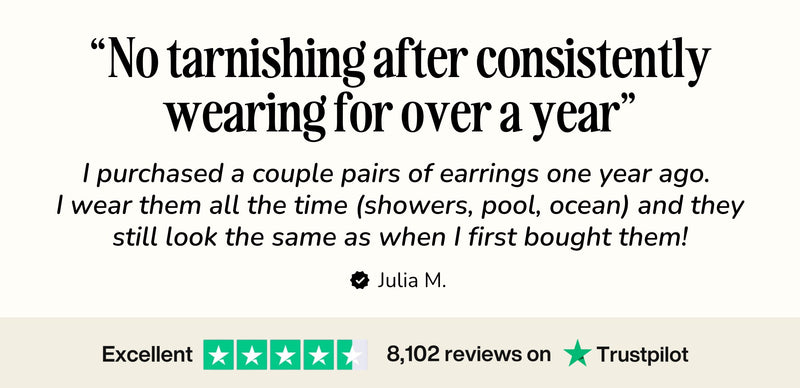





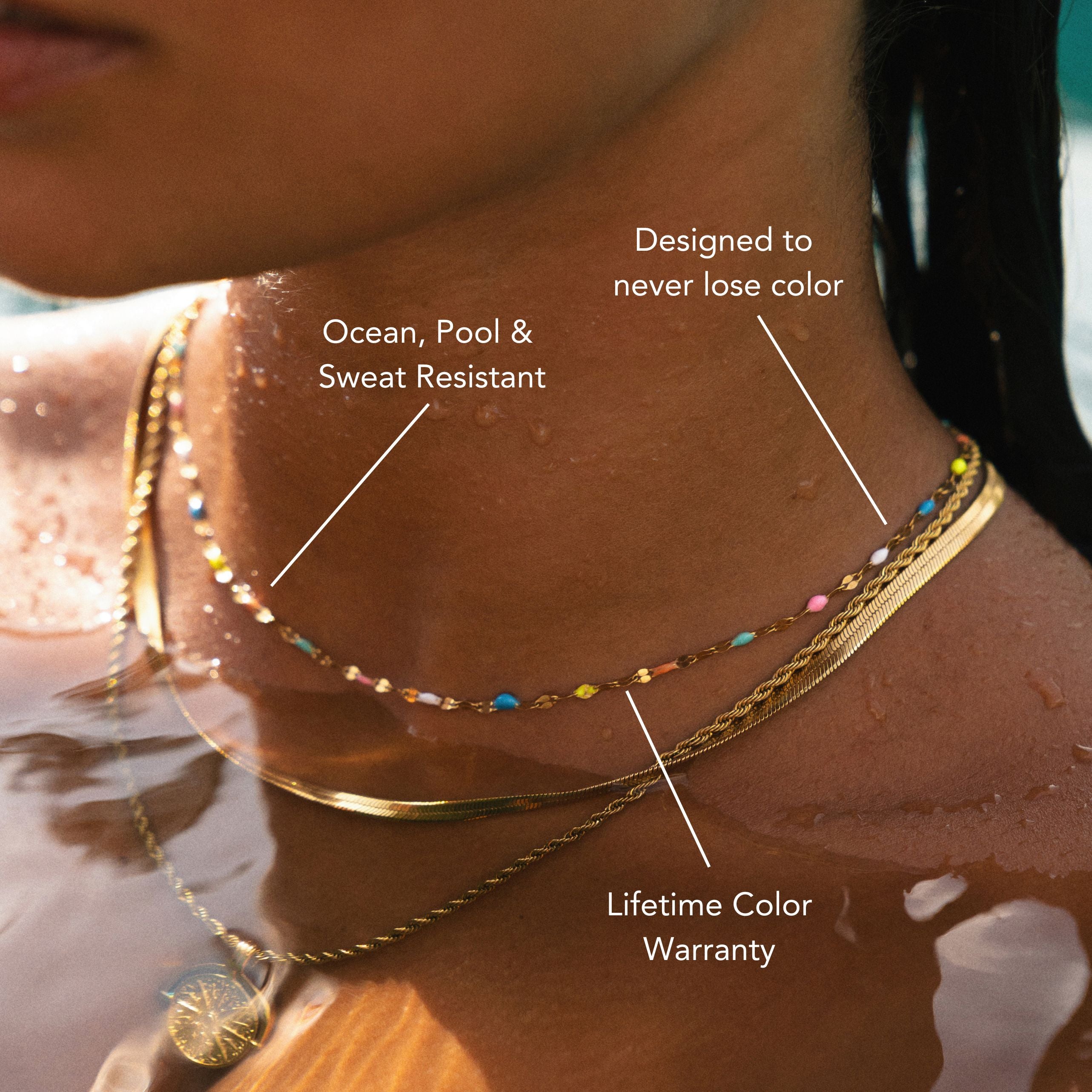

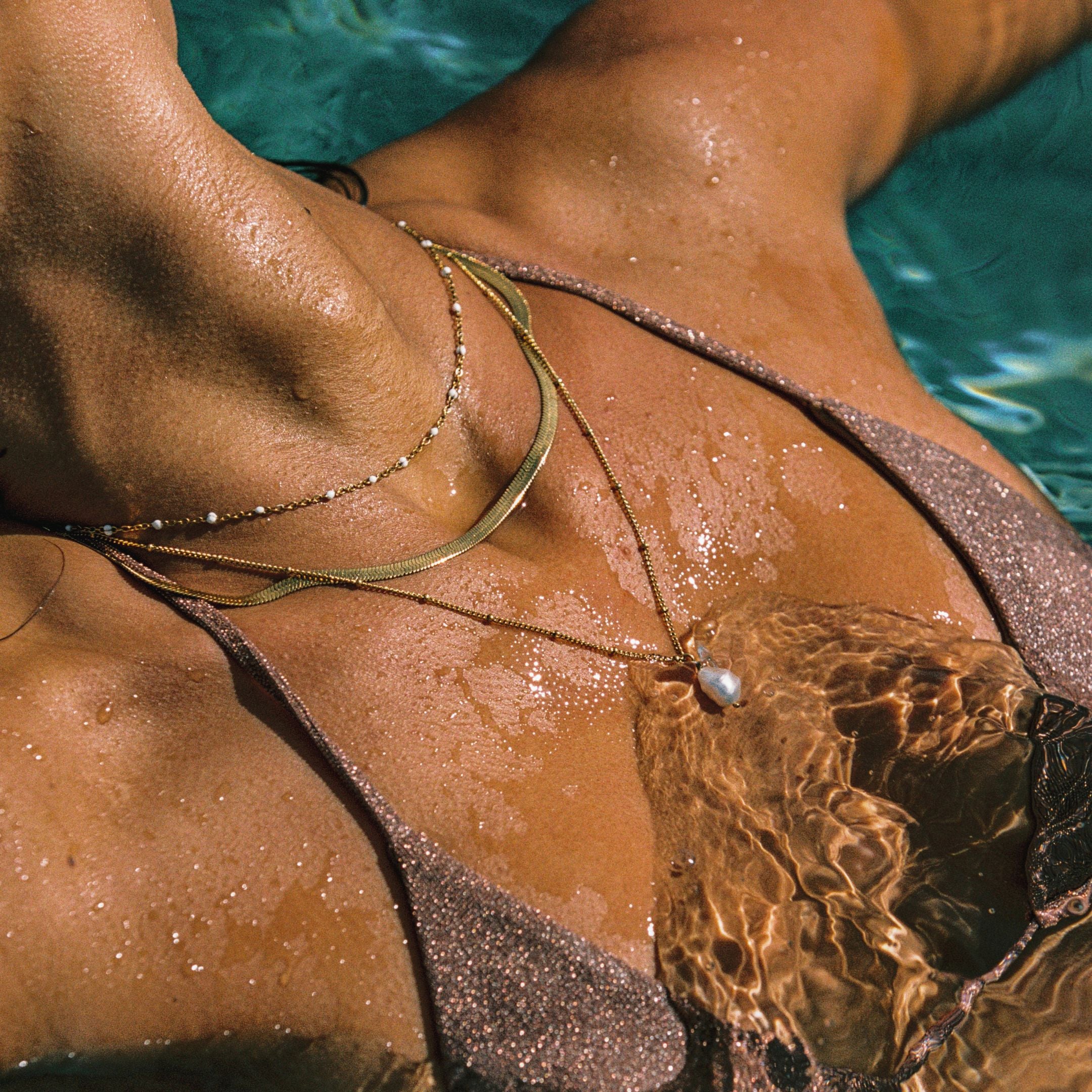
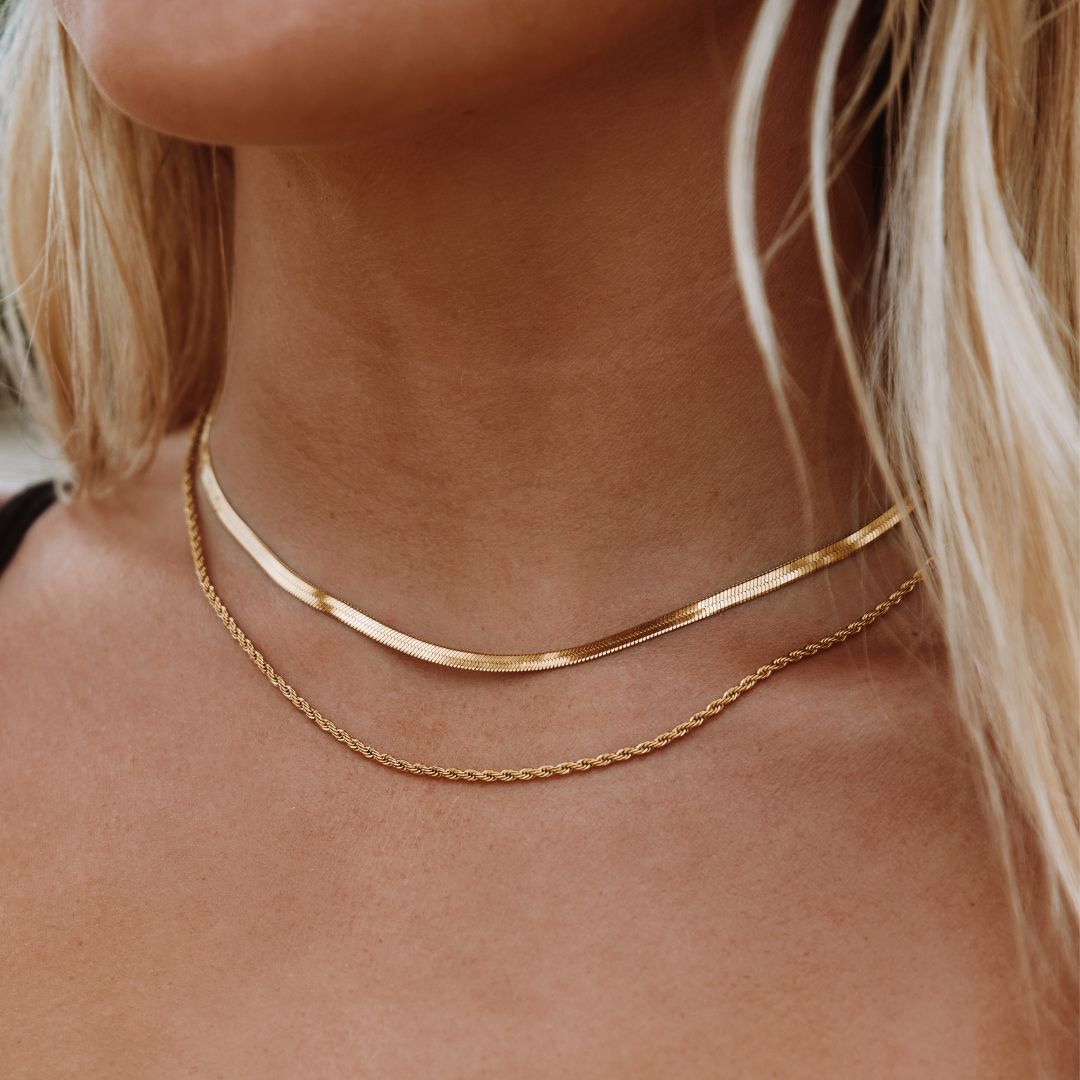

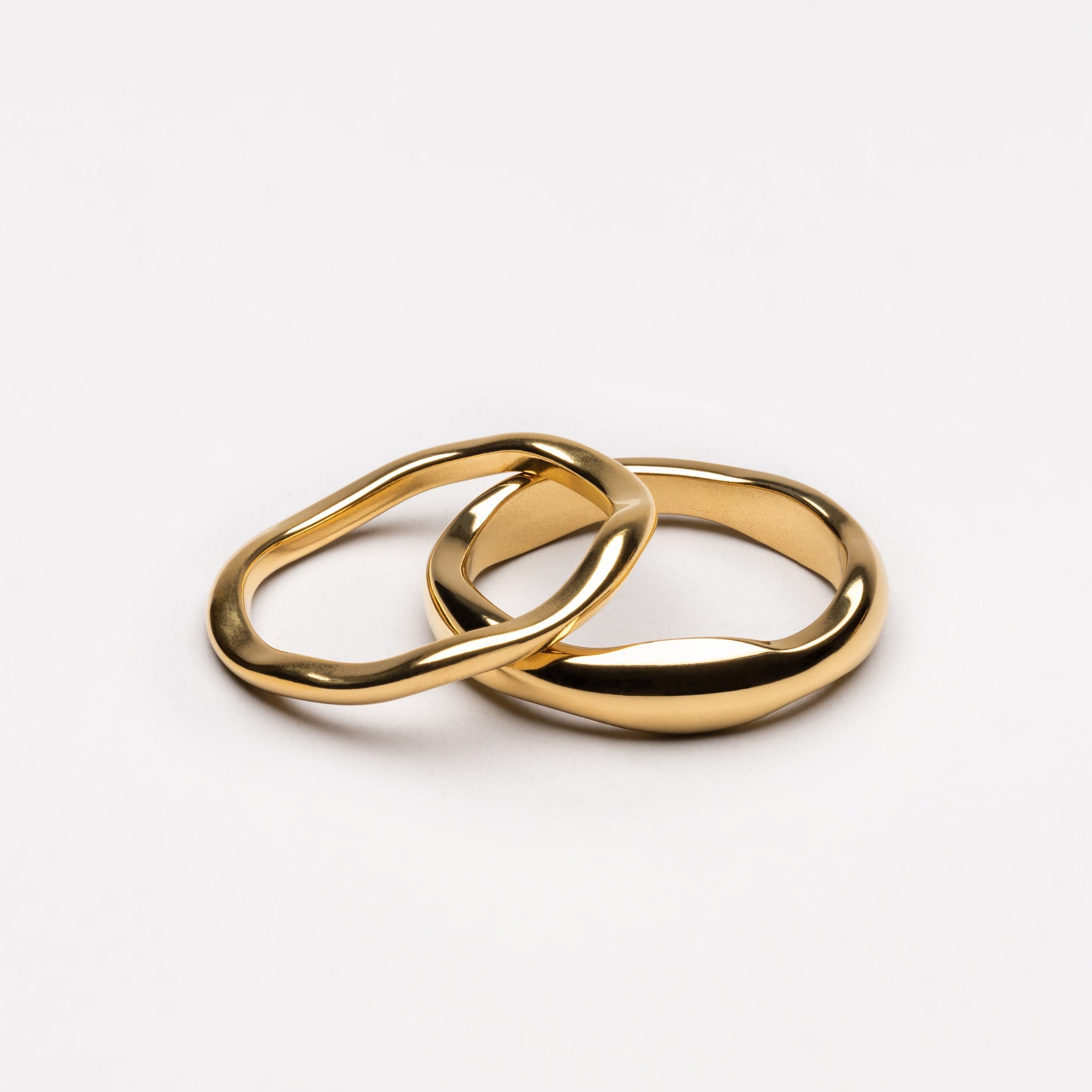
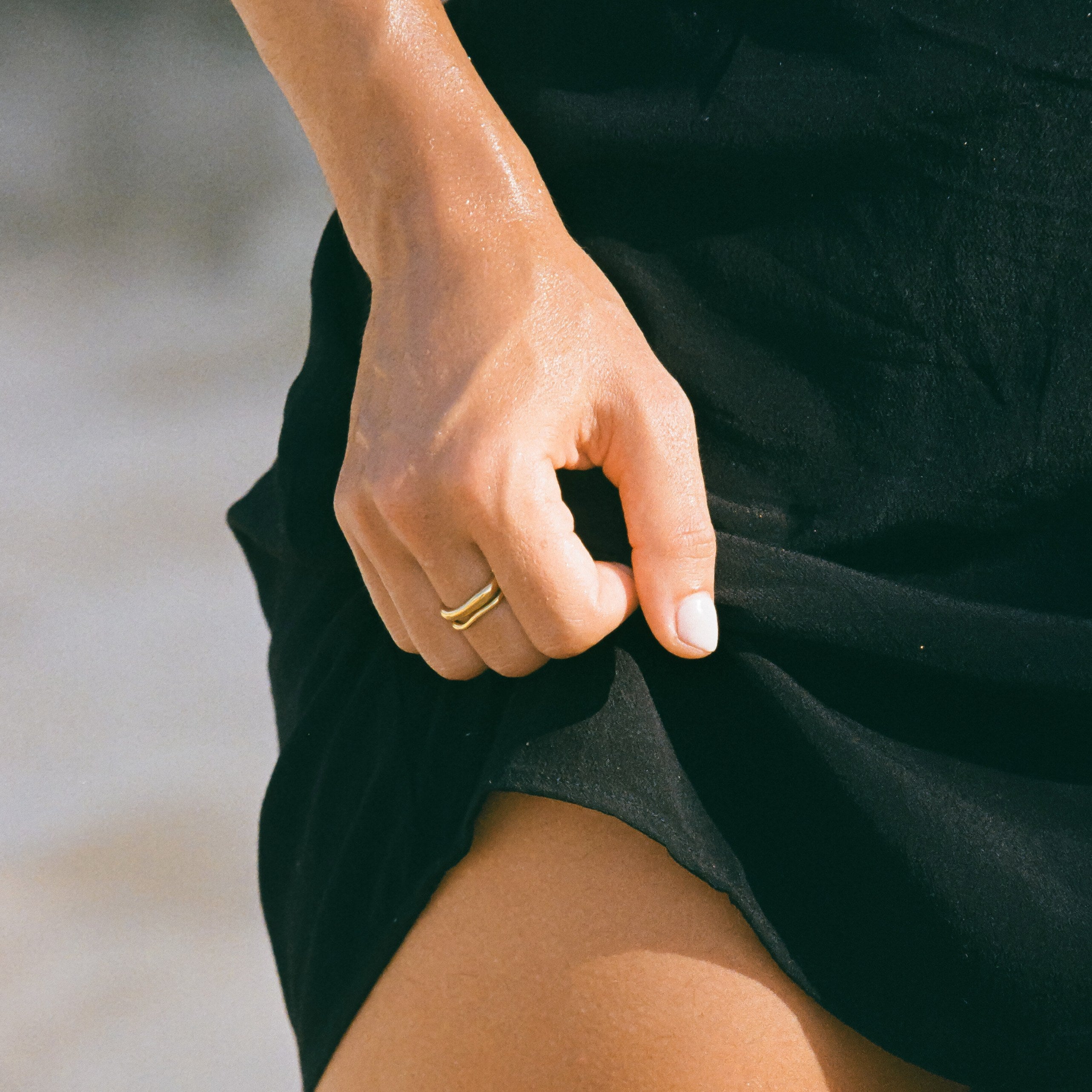
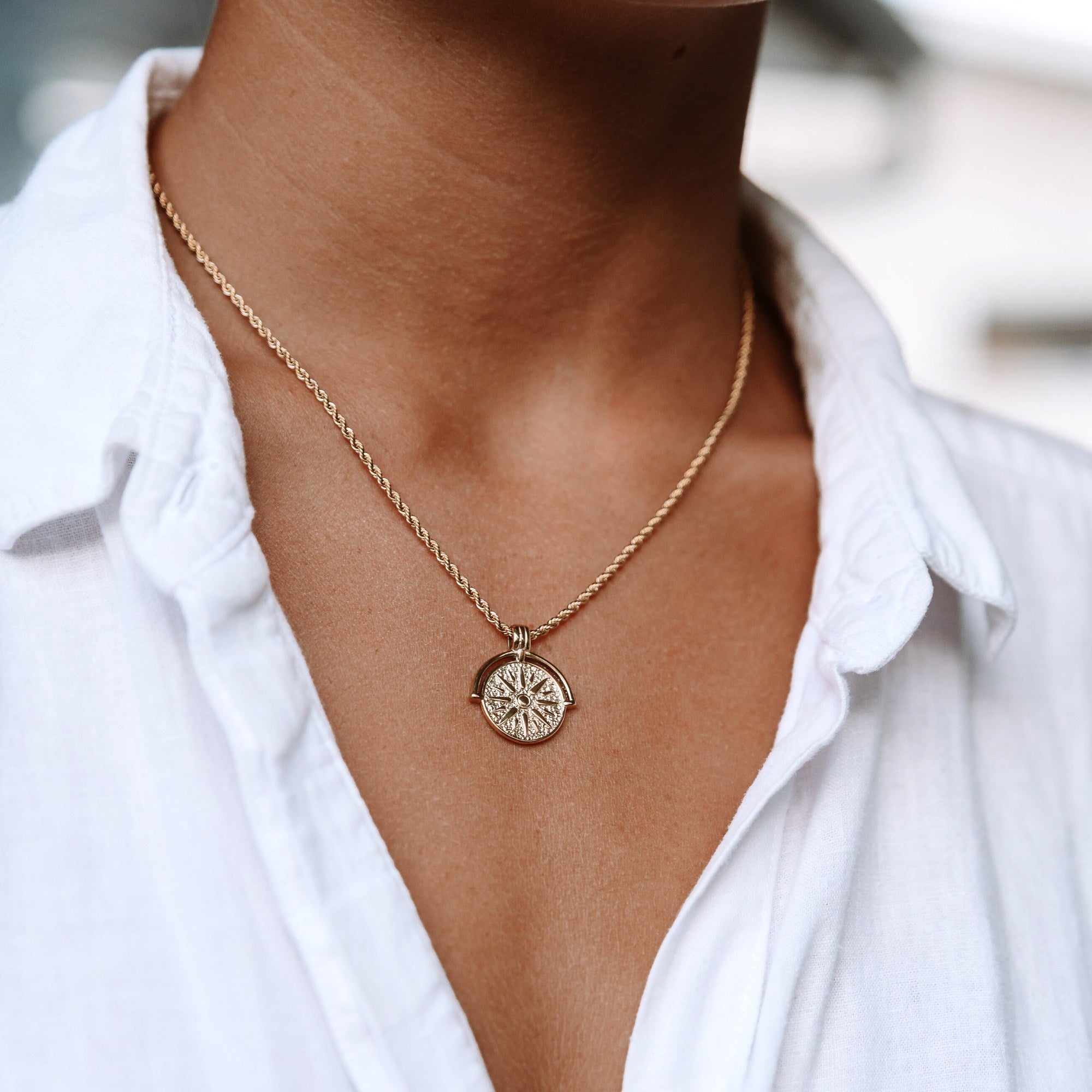
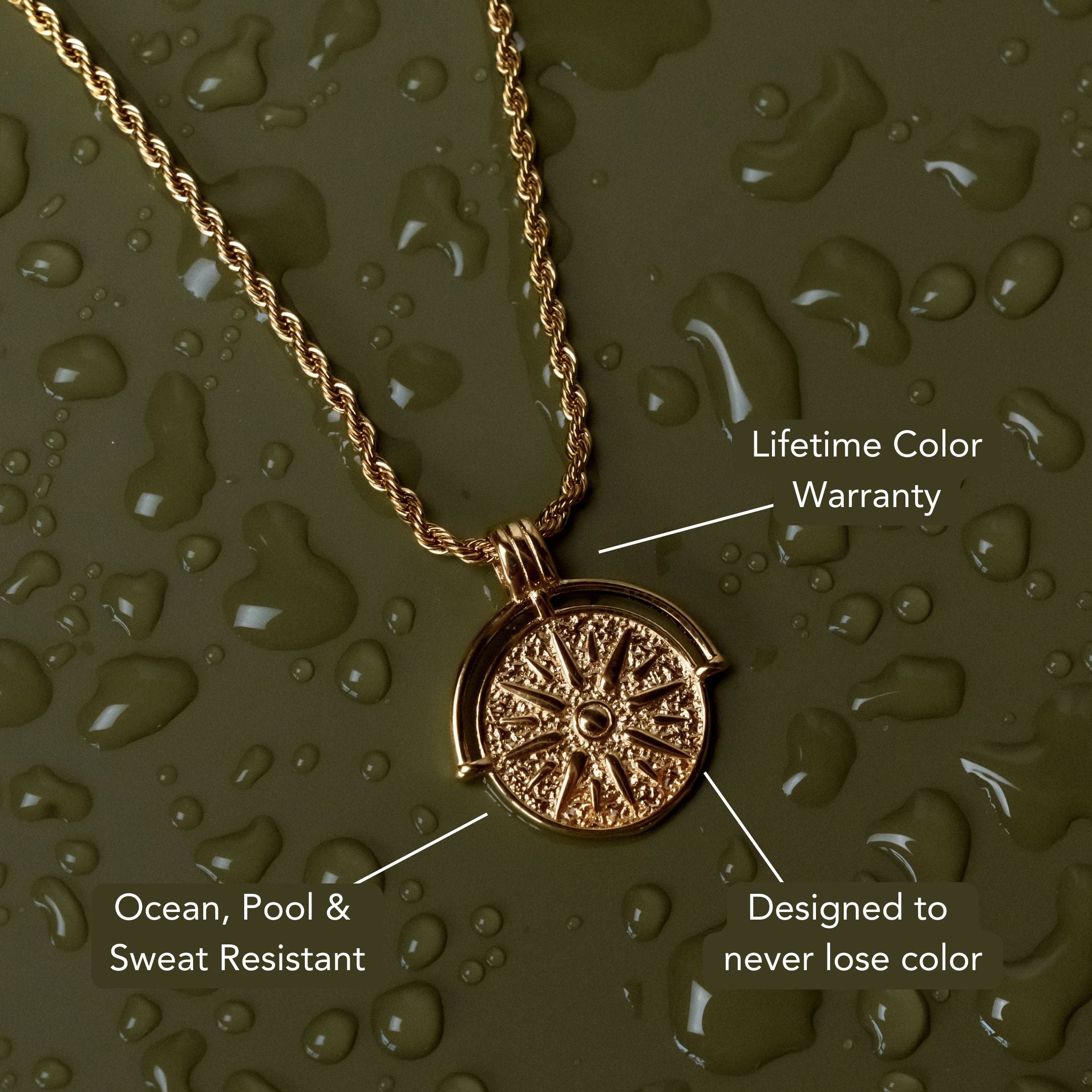






Leave a comment
This site is protected by hCaptcha and the hCaptcha Privacy Policy and Terms of Service apply.